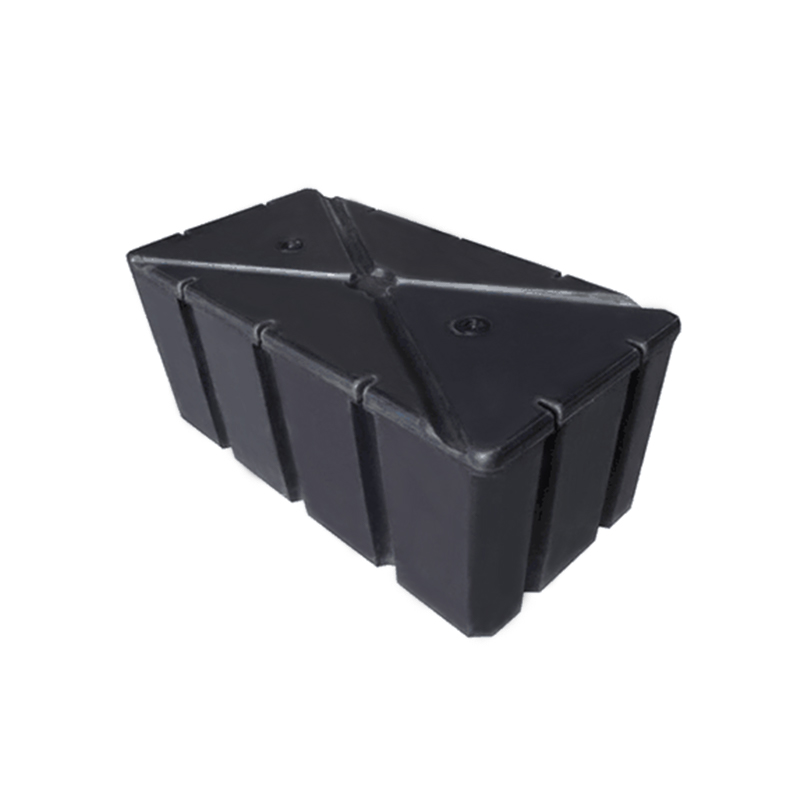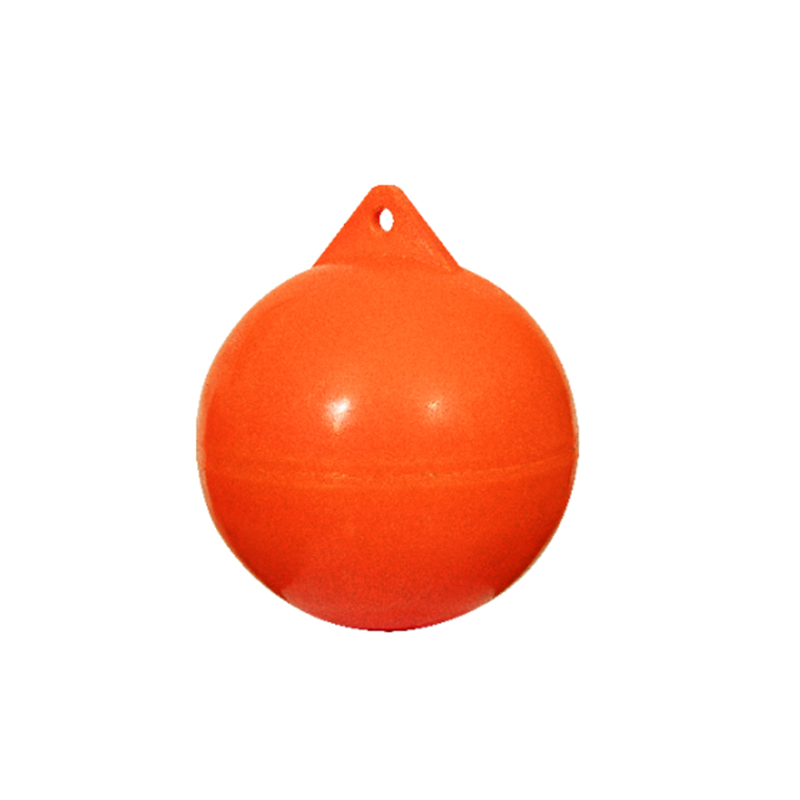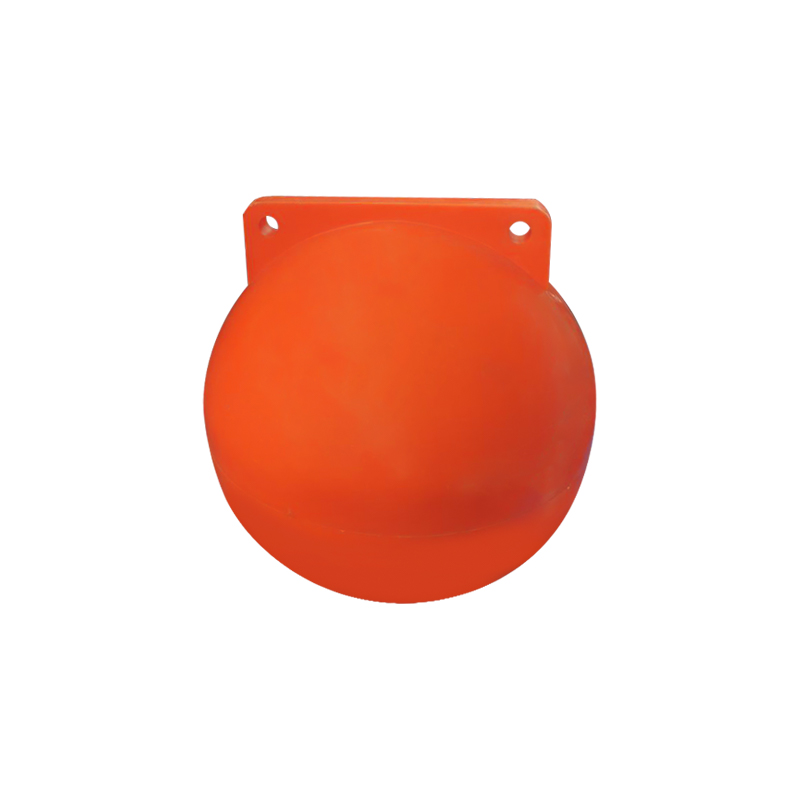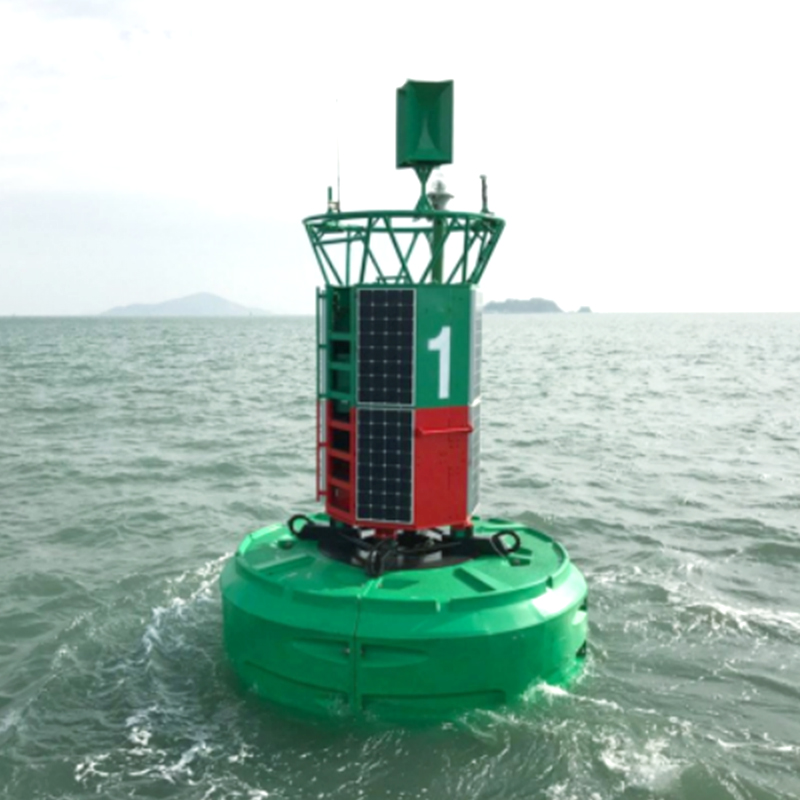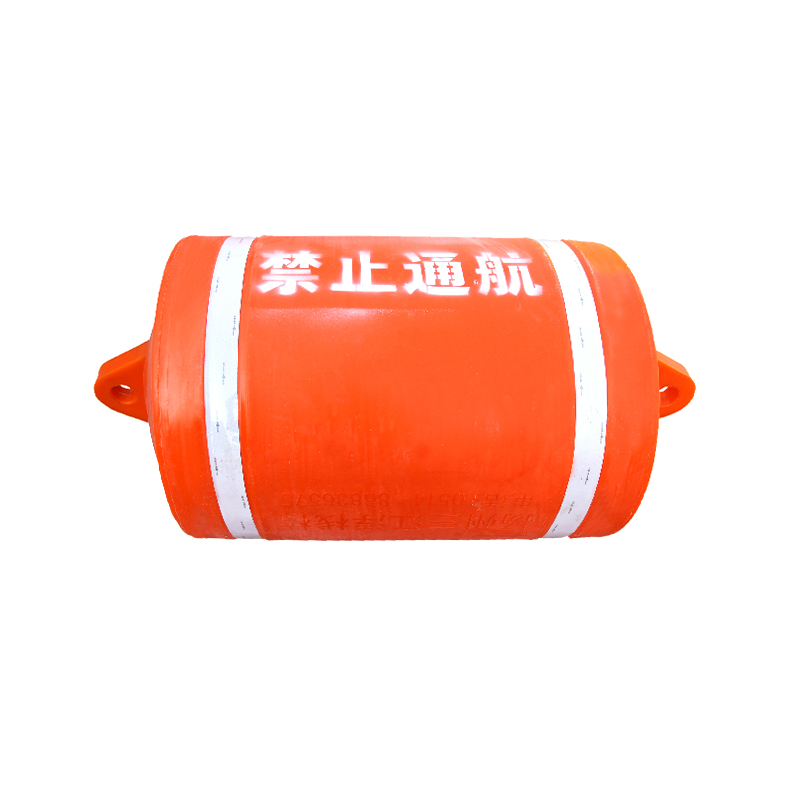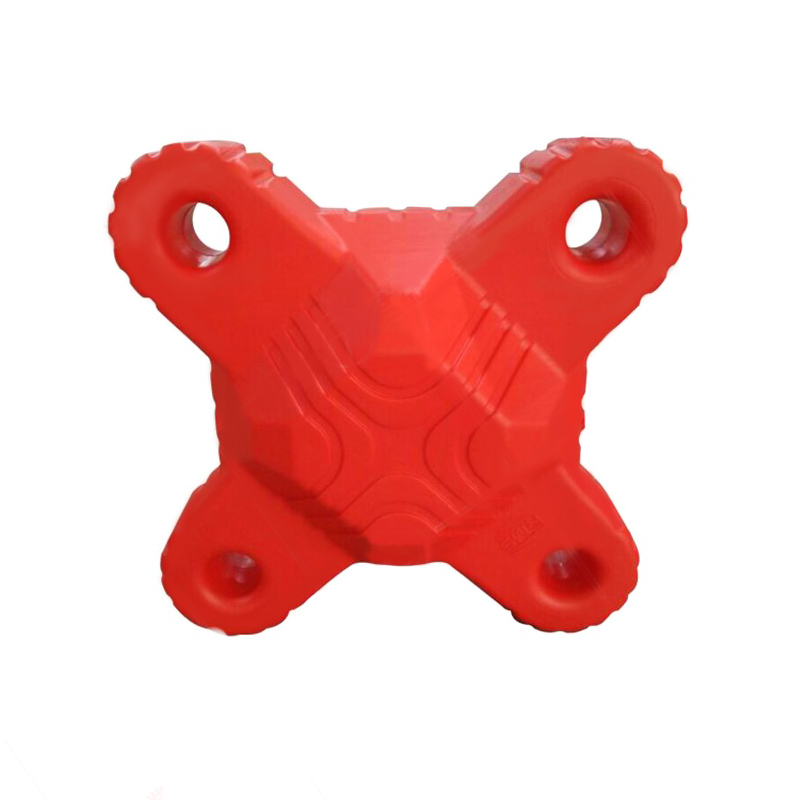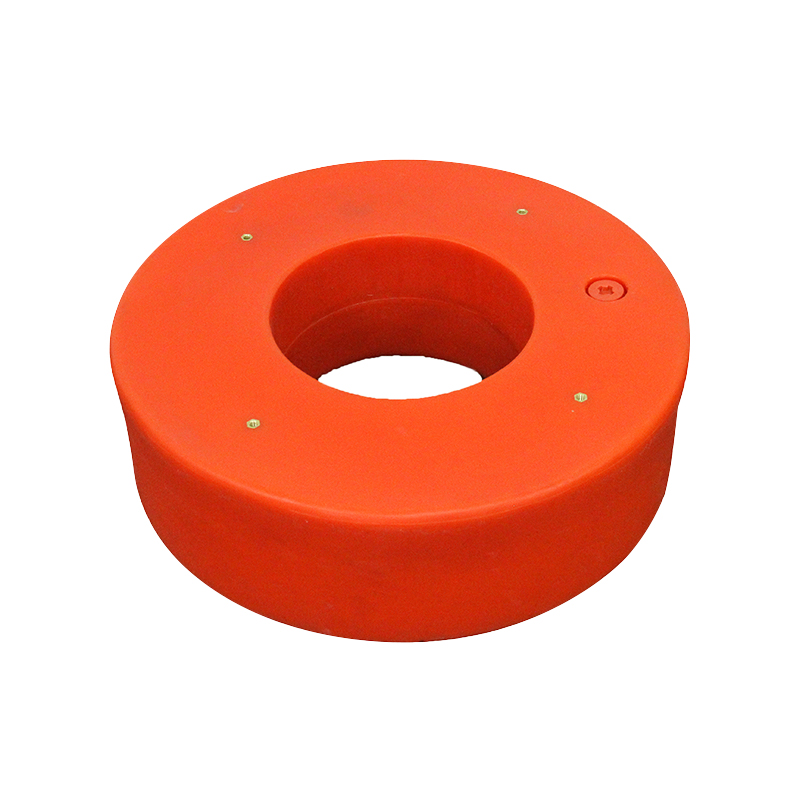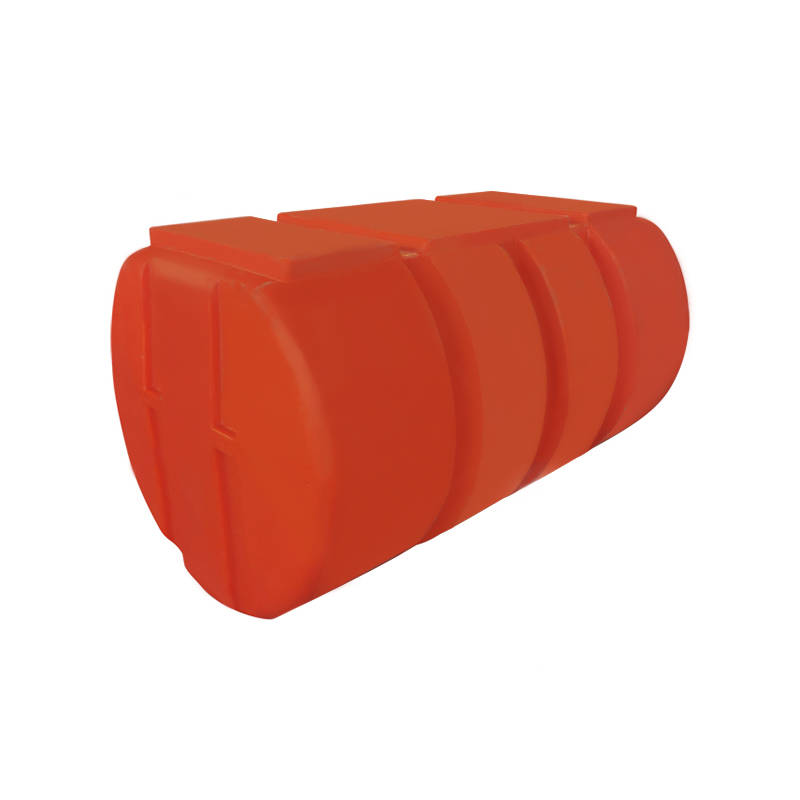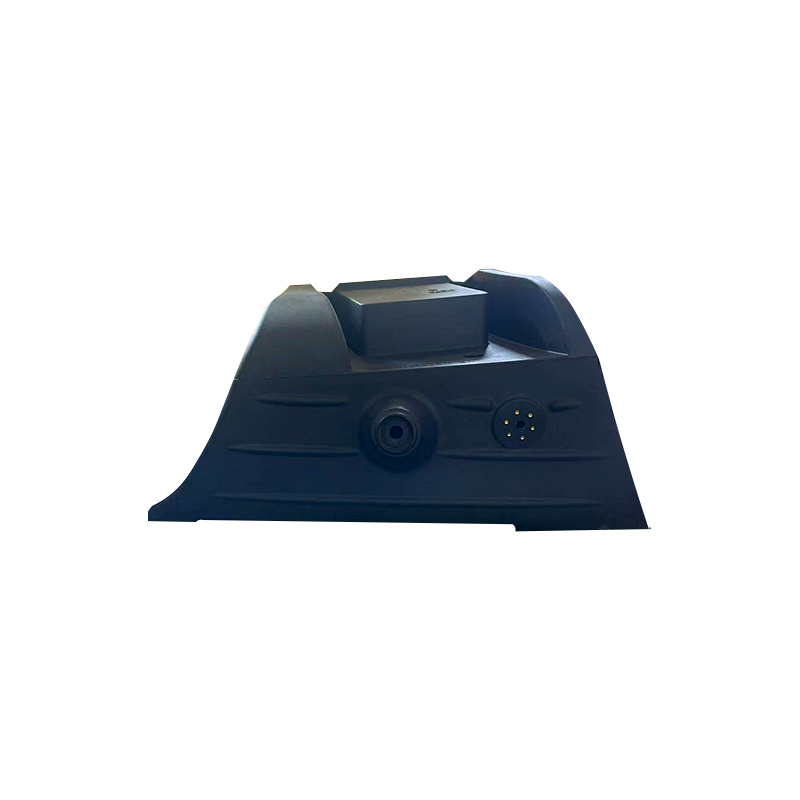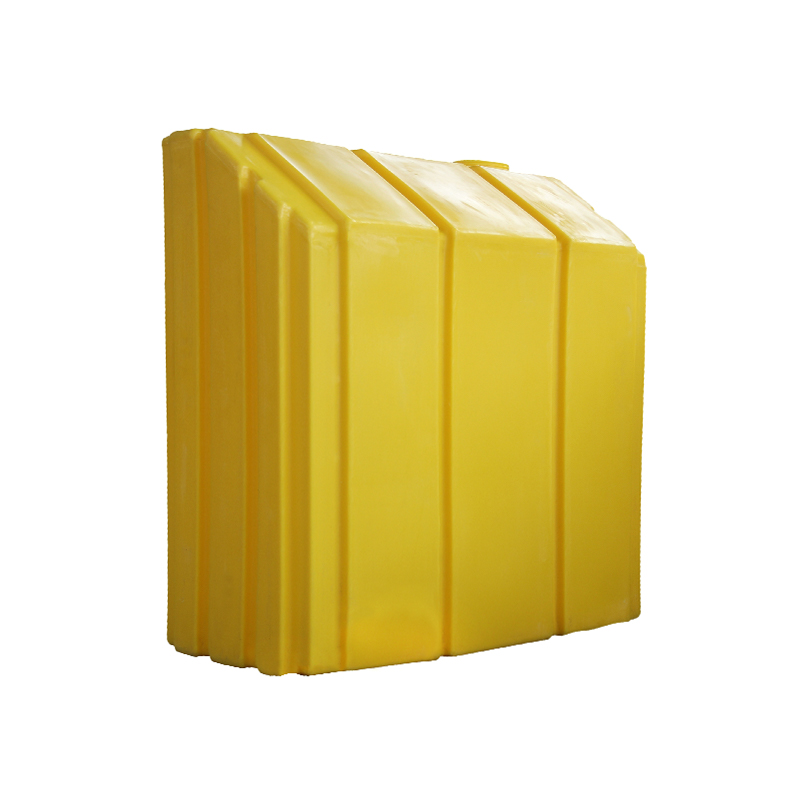Water Treatment Methods: A Comprehensive Guide for Clean and Safe Water
Water is the source of life, but with the development of industry and population growth, water pollution is becoming increasingly serious. Untreated water may contain bacteria, viruses, heavy metals, organic matter and suspended particles, and drinking it directly will seriously harm human health. Therefore, scientific and effective water treatment methods are essential to ensure drinking water safety and environmental protection.
1. Physical Water Treatment Methods
Physical water treatment methods mainly remove suspended matter and particulate impurities in water by mechanical means, and are the first step in many water treatment systems.
Sedimentation: Sedimentation is the use of gravity to slowly settle large particles of impurities in water to the bottom, thereby separating suspended matter. This method is suitable for water bodies containing a large amount of silt or suspended particles, and is a common primary treatment step in water plants and sewage treatment plants.
Filtration: Filtration removes suspended solids and some dissolved matter from water through multiple layers of filter media (such as sand, gravel and activated carbon). Sand filtration is suitable for coarse filtration, while activated carbon filtration can absorb organic pollutants and odors. Filtration is a key step in household water purifiers and industrial water treatment, which can significantly improve water clarity and safety.
Coagulation and Flocculation: By adding coagulants (such as aluminum sulfate), tiny particles in water are aggregated into larger flocs, which are then removed by sedimentation or filtration. This method greatly improves the removal efficiency of suspended matter and is an indispensable step in drinking water and sewage treatment.
2. Chemical Water Treatment Methods
Chemical water treatment methods use chemicals to change the chemical properties of water to kill pathogens or remove specific pollutants.
Chlorination: Chlorine is the most commonly used water disinfectant and can quickly kill bacteria, viruses and parasites. Chlorination treatment is economical and efficient, but the dosage must be controlled during use to avoid the production of harmful byproducts.
Ozonation: Ozone is a strong oxidant that can effectively decompose organic matter and kill microorganisms while removing odor and color. Compared with chlorine, ozone does not leave chemical residues, but the equipment investment and operating costs are higher.
pH Adjustment: The pH of water is adjusted by adding acid or alkali to maintain stable water quality and prevent corrosion of pipes and equipment. The appropriate pH value can also improve the disinfection effect and flocculation efficiency, and is an important part of the water treatment process.
3. Biological Water Treatment Methods
Biological treatment uses the metabolism of microorganisms to decompose organic pollutants and is the core technology of sewage treatment.
Activated Sludge Process: By aerating the sewage, it promotes the growth of microorganisms and decomposes organic matter. This method has high treatment efficiency and is widely used in urban sewage treatment plants.
Biofiltration: Water flows through the filter layer carrying microorganisms, and the microorganisms decompose pollutants. It is suitable for small and medium-sized sewage treatment and water ecological restoration.
Constructed Wetlands: Wetland plants and microorganisms are used to purify sewage in a coordinated manner. It is environmentally friendly and has low operating costs. It is suitable for sewage treatment in rural areas and small communities.
4. Advanced Water Treatment Technologies
With the advancement of technology, many advanced water treatment technologies have been developed to deal with complex water quality problems.
Reverse Osmosis: It removes dissolved salts, heavy metals and organic pollutants through semi-permeable membranes to obtain high-purity water. It is widely used in seawater desalination and high-end drinking water preparation.
Ultrafiltration and Nanofiltration: Molecular screening technology, which can effectively remove bacteria, viruses and large molecular organic matter, is an important means of modern drinking water purification.
UV Disinfection: Use ultraviolet light to destroy the DNA structure of microorganisms and achieve rapid sterilization without adding chemical agents. It is suitable for drinking water and swimming pool water disinfection.
5. Choosing the Right Water Treatment Method
The following factors should be considered when choosing a suitable water treatment method:
Water quality (including pollutant types and concentrations)
Water demand (drinking, industrial, agricultural)
Economic budget and operation and maintenance capabilities
Environmental impact and regulatory requirements


 English
English عربى
عربى
